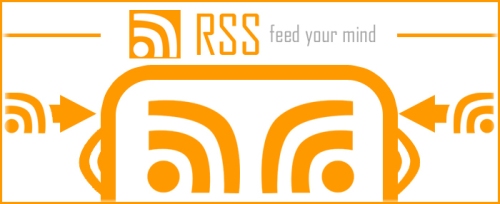
RSS Feeds can be very useful tools to aid in learning. I see three key areas in which the establishment of learning centered RSS feeds/bundles serve to benefit the learning environment. These areas include (1) information delivery, (2) information filtration, and (3) display.
First, the nature of RSS in itself provides a great advantage as it delivers content straight to the learning environment. When a feed is functioning correctly, targeted content is delivered directly to the learner for consumption. The task of searching for pertinent content is greatly minimized, potentially resulting in more efficient resource and time management. When new content is developed, it “arrives” for learner consumption; learners may no longer need to perform tasks to determine whether new information is available.
Secondly, by setting up RSS feeds, we may determine which content sources are acceptable and those that are not acceptable. We are in control of our content providers. We may select only trusted content source to ensure that an accurate message is presented concerning our content areas. With the vast array of websites providing information, which may or may not be correct, using an RSS feed/bundle to filter down the options is very helpful.
Lastly, by using an RSS Reader, we can obtain information from multiple sources in a consistent manner. The websites we visit may organize or structure their information differently. In order to effectively manage and use the information, we need to know how to navigate these interfaces that often greatly differ from one another. By compiling these feeds into a bundle, we may view the content in one consistent format.
By the establishment and utilization of RSS feeds, one can effectively meet the AECT 4.4 Information Management Standard. This standard states:
4.4 Information Management
Information management involves planning, monitoring, and controlling the storage, transfer, or processing of information in order to provide resources for learning.
Setting up a RSS feed or bundle allows us to plan, monitor, and control the type and flow of information to learners.
Click Here To Acess My Google Reader Bundle
0.000000
0.000000


